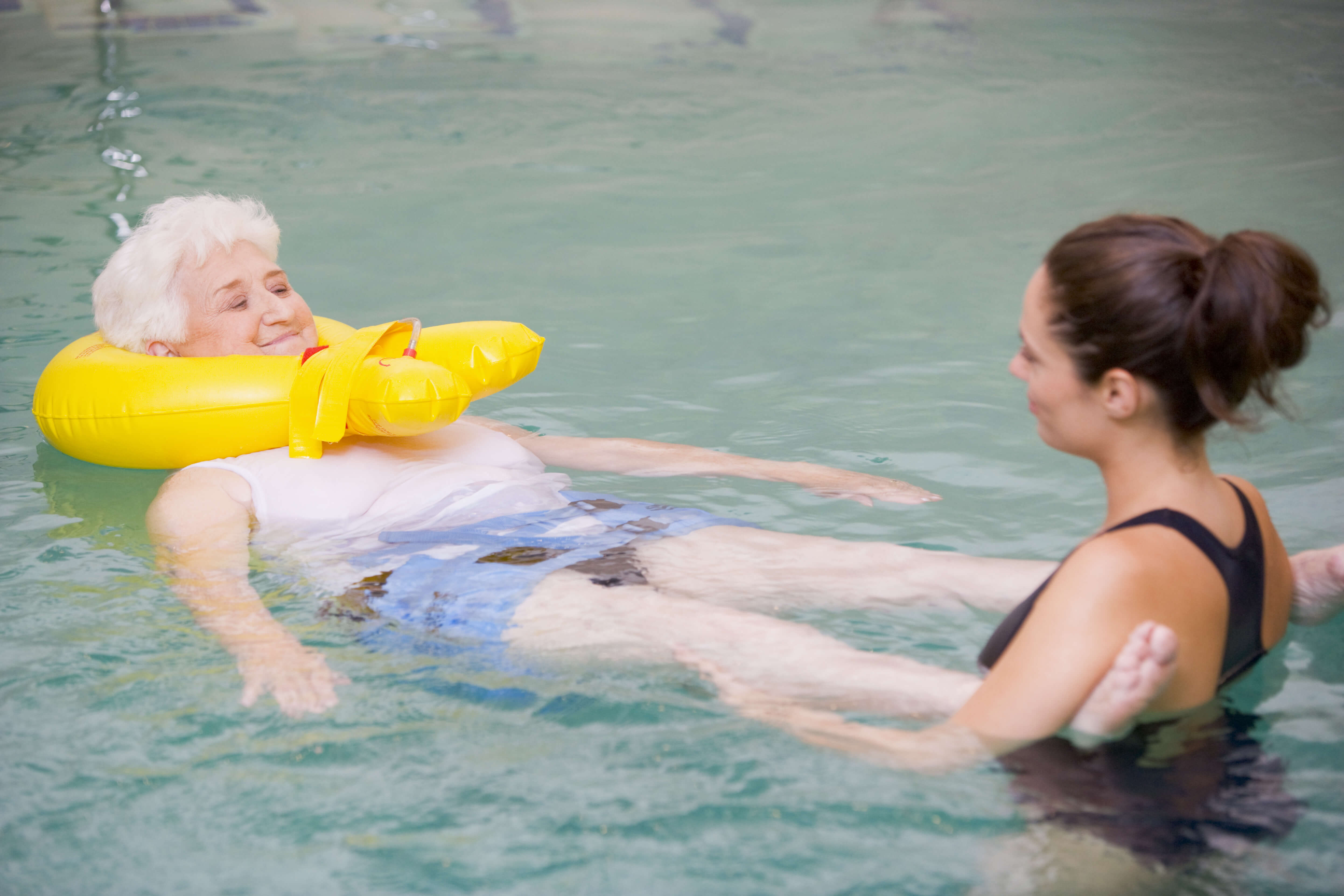One of the primary goals of physical therapy is to strengthen and stretch your muscles and ligaments so your body can support itself and reduce pressure on painful areas. However, if you’re in so much pain or have much difficulty moving, exercising may seem too far out of the park for you. But, don’t lose hope. That’s why Peak Performance Physical Therapy offers aquatic therapy.
Aquatic therapy is a form of physical therapy that takes place in a pool of water. This type of physical therapy has many benefits, but the main one is that it’s gentle on sore muscles and joints.
Other benefits of aquatic therapy include:
- Water provides natural resistance to help strengthen muscles.
- Water pressure helps soothe achy joints and sore muscles.
- The buoyancy of water helps you balance and cushions you if you fall.
- The resistance of water forces your entire body to work, which forces your lungs to work hard and grow stronger.
What can aquatic therapy be used to treat?
Aquatic therapy opens the doors of physical exercises to patients of all ages and types. It may be used as part of a physical therapy routine to help:
- Strengthen your muscles and ligaments
- Improve your mobility and use of joints
- Improve your heart rate
- Improve your lung strength
Why go to a physical therapist for aquatic therapy?
Aquatic therapy is guided and monitored by professionals who know how to safely and effectively strengthen and stretch your muscles. While exercising in a pool on your own may be beneficial as part of an overall fitness routine, if you’re suffering from an injury or debilitating condition you need professional guidance.
Physical therapists who use aquatic therapy are certified in the practice. They are capable of identifying your needs and how aquatic therapy can be used as part of your treatment.
Additional treatment methods that might be used along with aquatic therapy include:
- Hands-on therapy
- Massage
- Electrical stimulation
- Ultrasound
- Dry needling and more
If you are suffering from a debilitating condition, such as an injury or arthritis, you should speak with a physical therapist about using aquatic therapy as part of your physical therapy treatment. Contact us today to speak with a team member at Peak Performance Physical Therapy about your treatment options.


